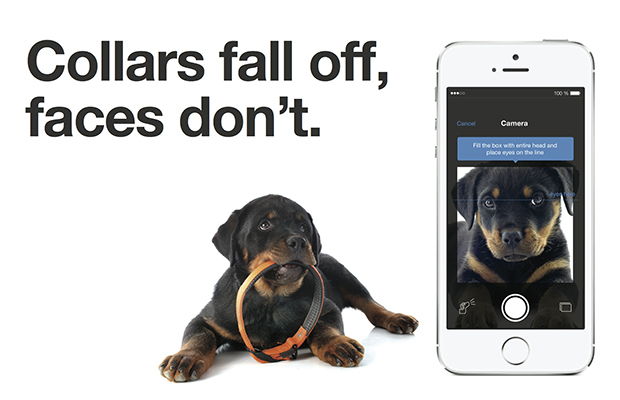Let’s answer one of those universal questions that always seem to create vivid discussions during dinner parties: who is really man’s best friend? For hours people can argue for this or that animal and never come to a real conclusion. However does it really matter which is man’s best friend as long as the animal just is?
Humanity seems to have slowly figured out that whichever animal it is, we still truly care for all of them, considering that we have build a $69.36 billion industry around pets in the US (APPA, 2017). Also the IT sector seems to have caught on, taking into account the vast technological options that now exist within the pet industry (CBInsights, 2017).
However, out of all the past and current innovations, one stands out for several reasons; Finding Rover. Finding Rover is a platform that brings lost dogs and cats back to their owners. The platform has two user groups, namely, the owners who lost their pet and the people who found a pet. Nevertheless, now you might ask: but isn’t this just like tweeting or posting on Facebook and hoping that the owner sees the post/tweet somehow? How very wrong you are my friend: the platform makes use of AI face recognition! By asking both the owners and finders to post pictures of the pets they lost/found, the platform is able to match the dogs and cats’ faces via AI. (FindingRover, 2017)
This is a huge leap in a number of ways. First of all, this platform is able to significantly decrease strays’ numbers in shelters, considering that over 600 times pets have already been reunited with their owners (Urmey, 2017). Secondly, Irma and Harvey victims were able to be reunited with their pets, something that had been near to impossible in past, similar events (FindingRover, 2017). Thirdly, due to the success rates FindingRover has shown in the hurricane events, the government is developing a plan to subsidize the company, since it is creating a high value for the society.
However, how is this related to Information Strategy, you might ask? First of all, it signifies a large development in the AI community, considering that face recognition was adapted from human faces to pets’ faces. Thus, the AI software had to adapt to very different face characteristics by learning from more than a billion pictures of dogs and cats. And it was actually successful, considering the owner-pet reunions. Secondly, the platform was established on the simple premises that pet finders could somehow directly connect with the pet’s owners without having to go through a maze of social platforms, where the chances to match were extremely low. Furthermore, the platform is now actually expanding to different types of users on the “finders side”, such as actual shelters. Lastly, the market of IT companies that developed the GPS chips that were implanted in dogs and cats to find them, is now perceiving the threat of substitution this type of platform represents to them.
So, the next time you are in the US and you find a stray dog or cat, why not use FindingRover? Maybe you will be able to make someone really happy by returning to them an essential family member.
References:
APPA (2017), ‘Pet Industry Market Size & Ownership Statistics’, American Pet Products Association, [online], available at
CBInsights (2017), ‘Unleashed: 70+ Companies Targeting The Pet Industry’, CBInsights, 8th March 2017, [online], available at
FindingRover (2017), ‘Use Finding Rover’s facial recognition to bring them all home.’, FindingRover, [online], available at
Urmey, W. (2017), ‘How mobile technology in the pet industry is improving animals’ lives’, IBM, 17th July 2017, [online], available at
Picture: https://munchzone-themunchzone.netdna-ssl.com/wp-content/uploads/2014/09/Finding-Rover-Cover.jpg

